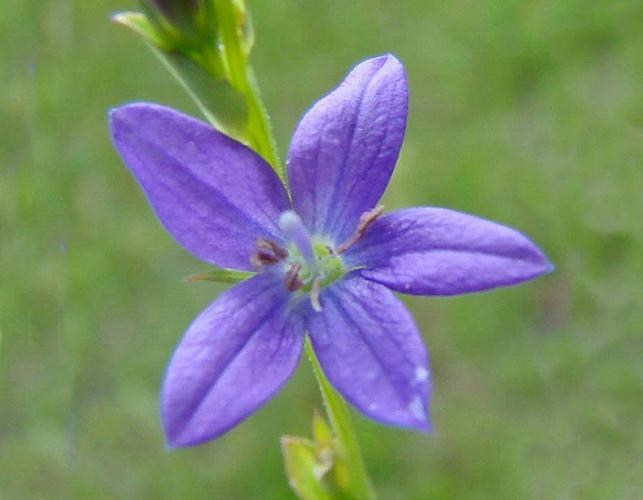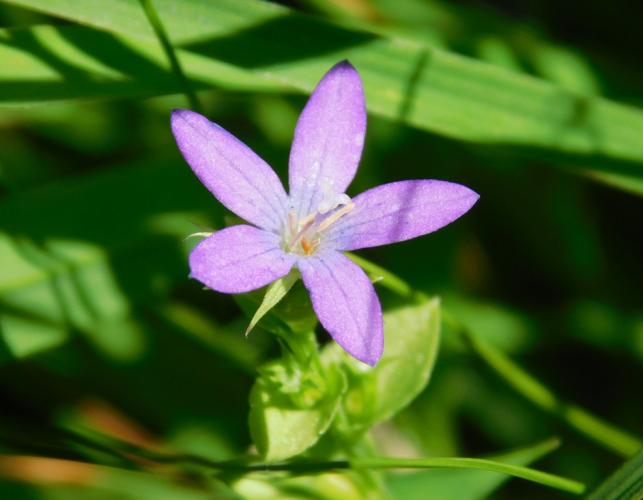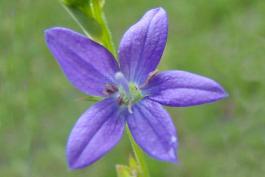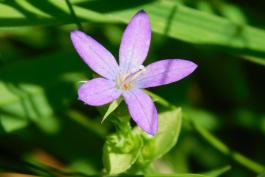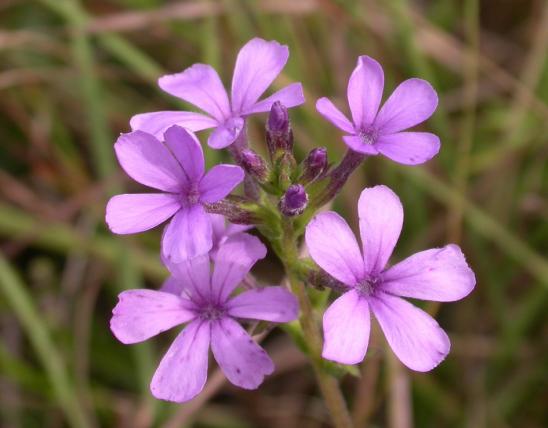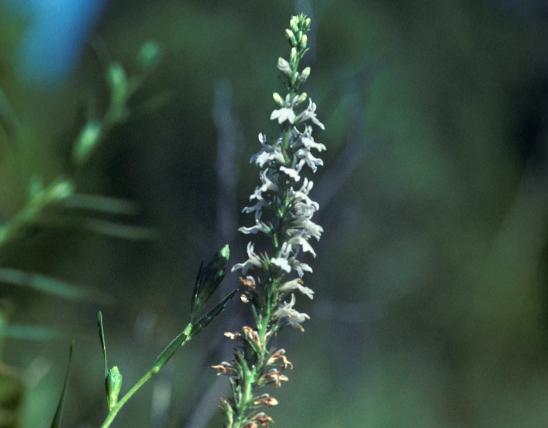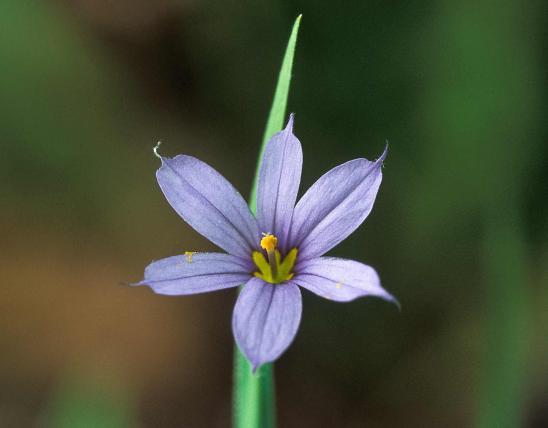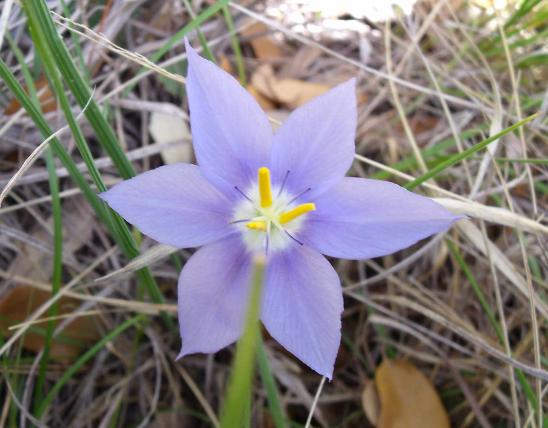
Clasping Venus' looking glass is a single-stemmed winter annual with 5-angled, somewhat hairy stems. The flowers are tubular, surrounded by a slender, 5-lobed calyx; they emerge from the leaf axils; they are star-shaped, about ½ inch across, blue-purple, rarely white. Blooms May-June.
The leaves are alternate, round, light green, clasping the stem, palmately veined, the margins finely and bluntly to sharply toothed, the undersurface finely roughened or with soft, short hairs.
Interestingly, the flowers on the lower parts of the stem are cleistogamous: They remain closed and are self-fertilizing, setting seed without ever opening up. In this species, few of those seeds are viable, however. Flowers at the top of the stem are chasmogamous: They open up and expose pistils and stamens to the air, inviting the possibility of cross-pollination.
Similar species: Five species of Triodanis occur in Missouri, as well as some hybrids that complicate their identification.
Height: about 18 inches.
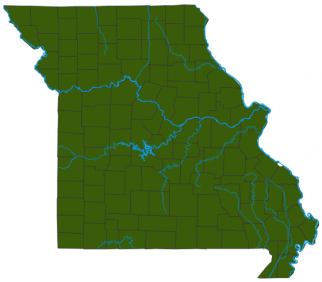
Scattered statewide.
Habitat and Conservation
Occurs in prairies, glades, blufftops, woodland openings, oxbows, marshes, edges of lakes, banks of streams and rivers, old and fallow fields, ditches, railroads, roadsides, and open, disturbed areas. All Triodanis species are winter annuals: They germinate in the autumn, overwinter as a basal rosette of leaves, then flower the following spring.
Status
Native Missouri wildflower.
Human Connections
A cultivated plant called Venus' looking glass (Legousia speculum) is sometimes grown in Missouri gardens. An Old World plant in the same family, it differs from Triodanis species in its more-branched stems, flowers in terminal clusters, and lack of cleistogamous (non-opening, self-fertilizing) flowers.
Ecosystem Connections
A variety of bees, flies, butterflies, and moths visit the flowers.
Plants, large and small, as a community hold soil in place with their roots. As Americans learned in the first half of the 20th century, a landscape stripped of plants soon loses its precious topsoil. Even humble plants play a role.
